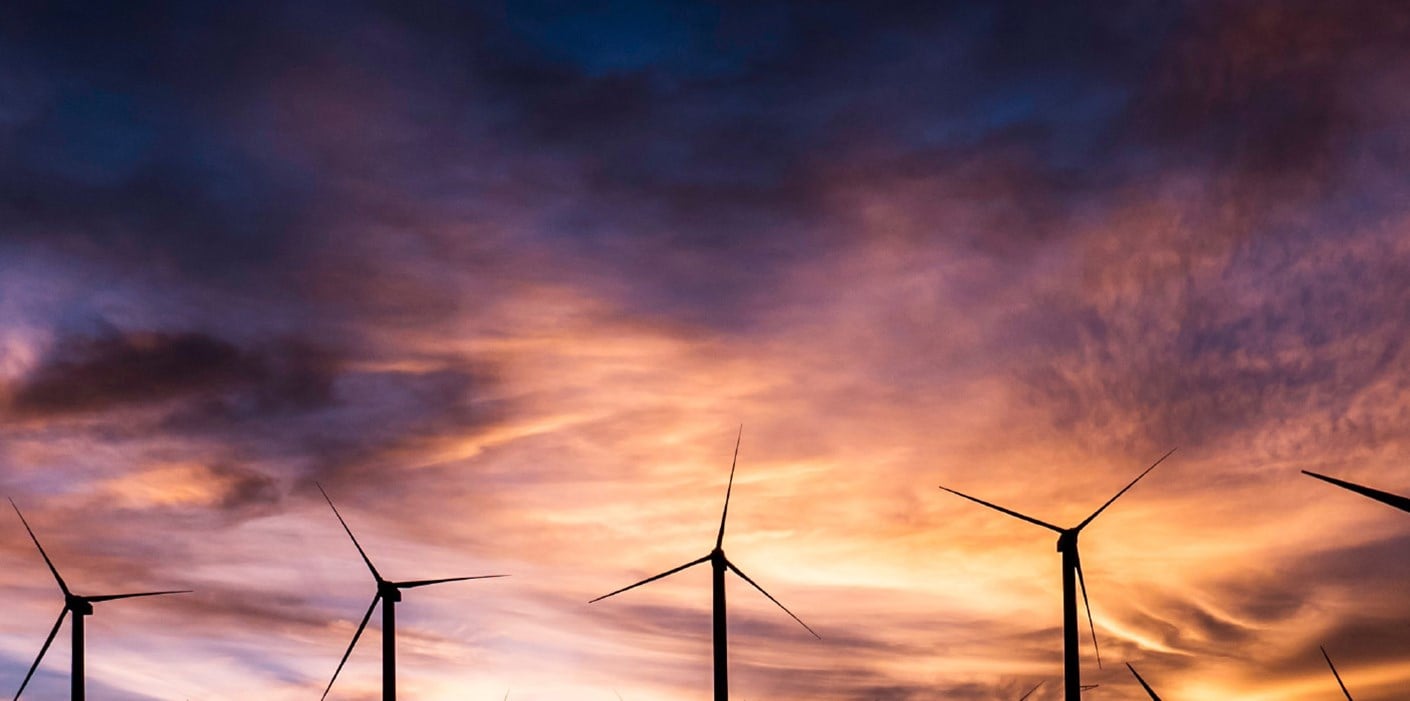Learn more about the exceptional people that make up ERM through their own stories around how they are leading the business of sustainability, showing up as their full selves, volunteering with the ERM Foundation, driving our safety culture, and helping ERM fulfill our corporate commitments.
